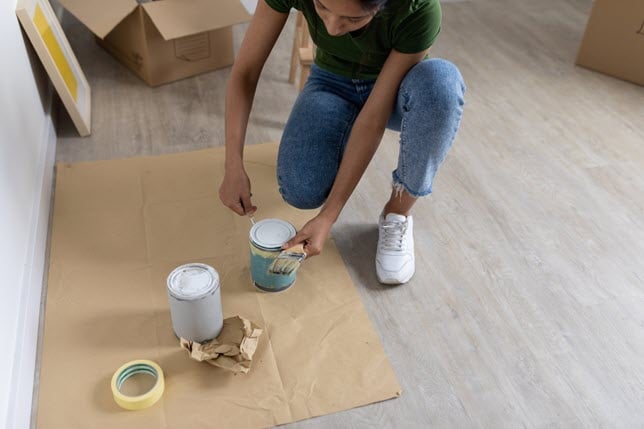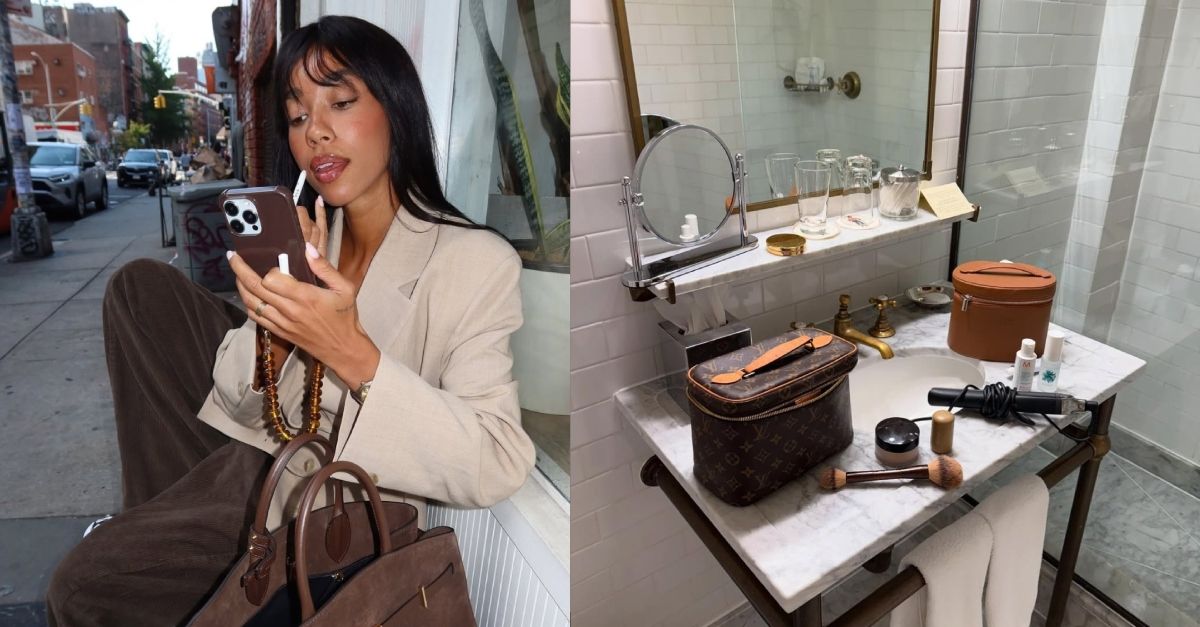Sharing is Caring!
Noise pollution can disrupt sleep, raise stress levels, and reduce overall comfort at home. While some sounds come from obvious sources, many homeowners are surprised by how many noises travel through unnoticed pathways. Identifying these sources is the first step in creating a quieter, healthier living environment.
It is essential to identify and address the hidden sources of noise pollution infiltrating your home because chronic exposure, even to low-level background sound, has a significant impact on health and well-being. Furthermore, doing a home safety check yearly is vital to your family’s well-being.
Below, you’ll discover why it’s essential to find these hidden sources of noise pollution in your home.
Outdoor Traffic and Street Activity – How Outdoor Noise Pollution Affects Your Well-Being
Traffic noise is one of the most common forms of residential sound pollution.
Cars, delivery trucks, motorcycles, and emergency vehicles create steady sound waves that can penetrate walls and windows.
Homes near busy intersections or apartment complexes may also experience frequent noise from pedestrians, honking, and construction. Even if the street seems relatively calm, small increases in traffic volume can significantly amplify sound inside the home.
Outdoor traffic and street activity continually bombard a home with airborne noise waves that easily penetrate the structure through gaps, inferior window and door seals. Personally, outdoor noise pollution is very distracting and causes anxiety, especially from motorcycles and emergency vehicles.
This constant, low-level intrusion is a serious health risk, not a physical safety one. Moreover, noise pollution activates the body’s stress response even during sleep.
Chronic exposure to traffic noise is associated with elevated blood pressure, sleep disturbance, and cognitive impairment. And a higher risk of cardiovascular issues.
Furthermore, it effectively turns the home into a space that subtly degrades residents’ long-term well-being.
Aging or Poorly Sealed Windows and Doors
Windows and doors are major entry points for outside noise. Thin glass, loose frames, and worn weather stripping allow sound to pass through easily. Double-pane windows help reduce noise, but older models lose effectiveness as seals weaken over time.
Some homeowners explore window replacements to reduce the hum of outdoor activity.
Doors can pose similar issues. Hollow interior doors or poorly sealed exterior doors do little to block sound from hallways, neighbors, or outdoor spaces.
Household Appliances and HVAC Systems
Noise pollution does not always come from outside. Appliances such as dishwashers, washing machines, and refrigerators contribute steady mechanical noise. HVAC systems can produce a surprising amount of noise when air filters are dirty, vents are blocked, or components are aging.
Rattling ducts or buzzing thermostats often go unnoticed until the home becomes unusually quiet.
Plumbing and Water Movement
Pipes behind walls can create noise whenever water moves through them. Gurgling drains, banging pipes, and the sound of rushing water inside walls or floors can disrupt quiet spaces. Older plumbing systems are especially prone to knocking sounds caused by pressure changes or loose fittings.
Noise Pollution: Neighboring Homes and Shared Walls
For townhomes, duplexes, and apartments, noise can travel easily through shared walls or floors. Sounds from televisions, conversations, footsteps, or pets often move between units through gaps in insulation or structural connections.
Even detached homes can pick up sound from nearby yards or garages.
These constant, low-frequency hums from appliances, rattling pipes, and leaks through poor insulation contribute to sustained low-grade stress, making it difficult to achieve restorative sleep and focus.
By actively seeking out and mitigating these sneaky sources—whether through appliance upgrades, plumbing fixes, or sealing structural gaps—homeowners can dramatically lower their baseline stress levels, improve concentration, and transform their home environment from a subtle source of anxiety into a quiet, peaceful sanctuary.
Noise pollution often builds from many small sources rather than one large one. Identifying these contributing factors helps create a more peaceful environment. With targeted improvements and regular maintenance, homeowners can significantly reduce unwanted noise and improve daily comfort.
Check out the infographic below to learn more.
Sharing is Caring!
Disclaimer: This story is auto-aggregated by a computer program and has not been created or edited by jennertrends.
Publisher: Source link










